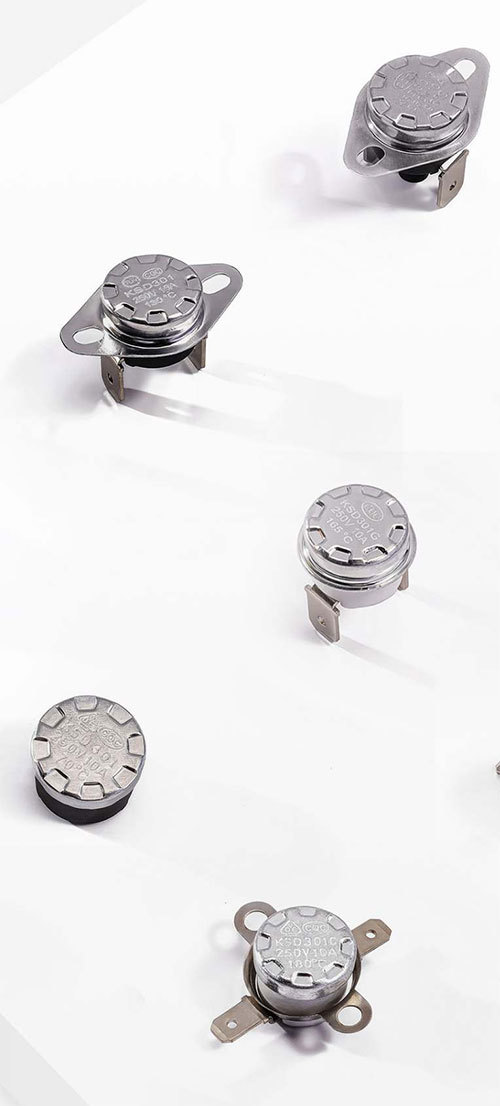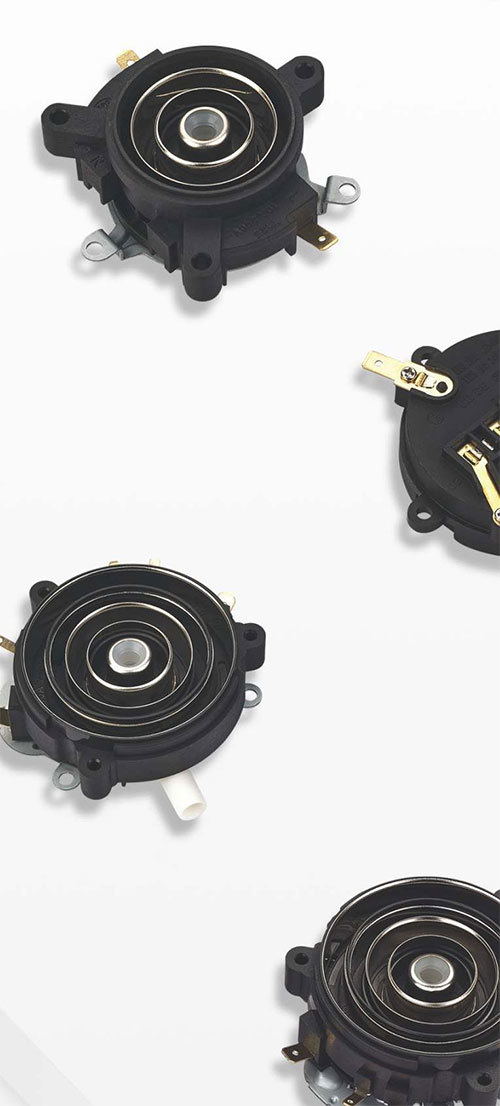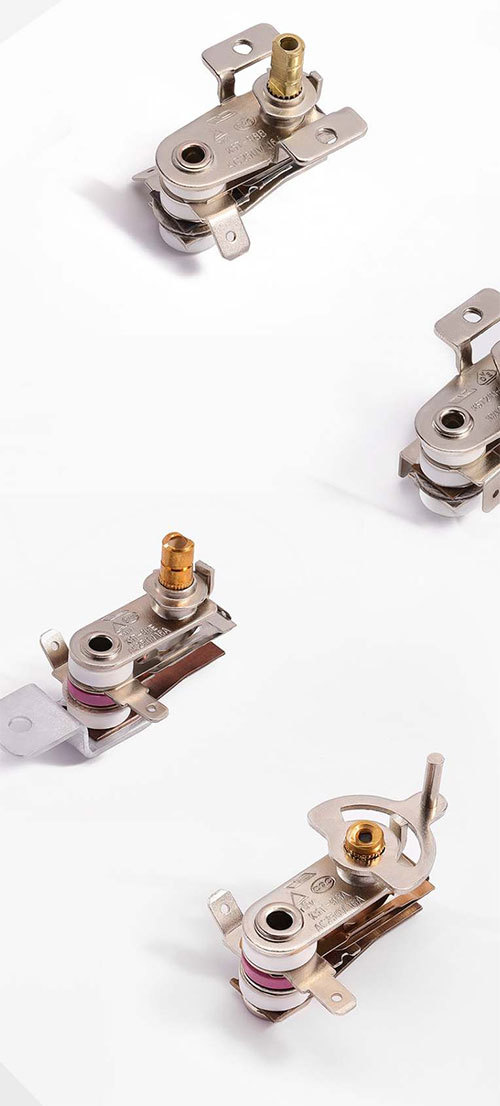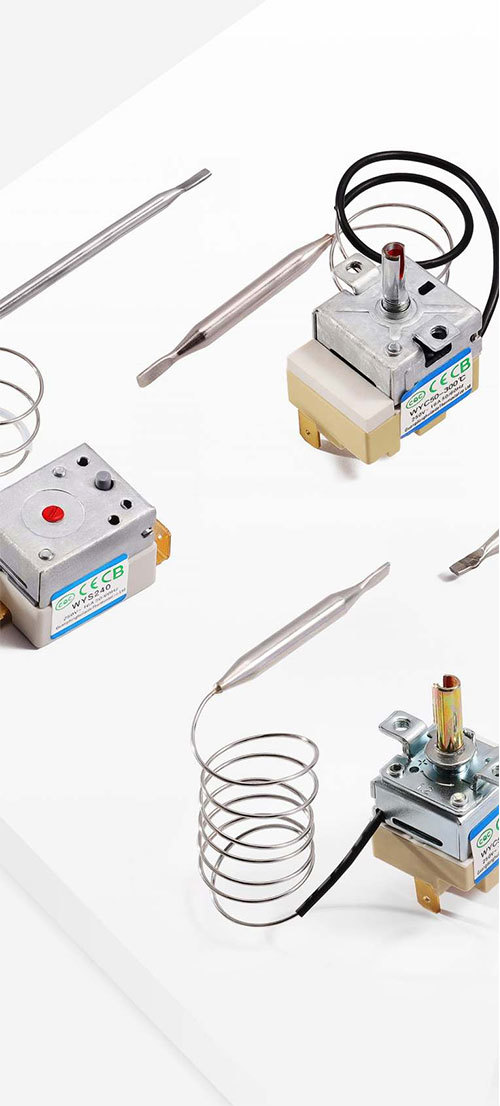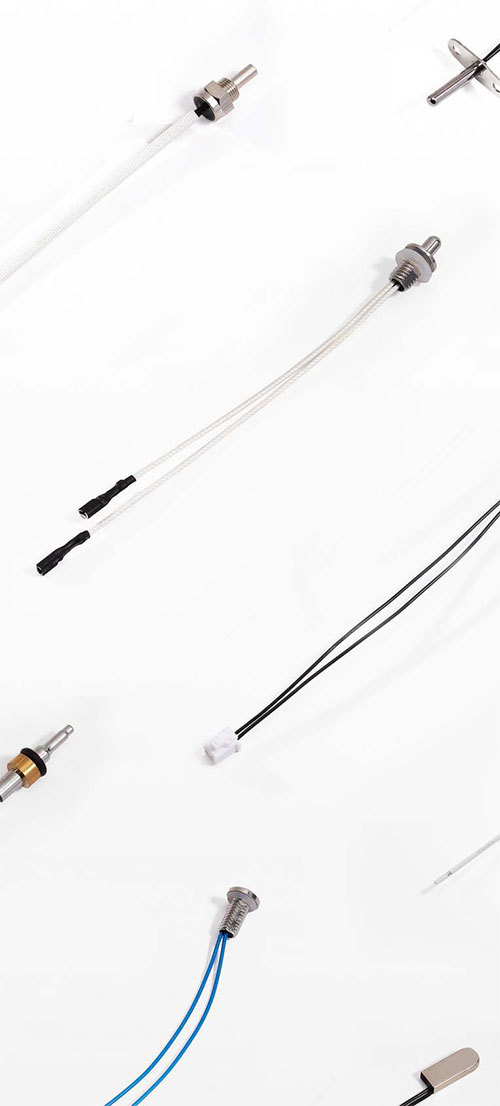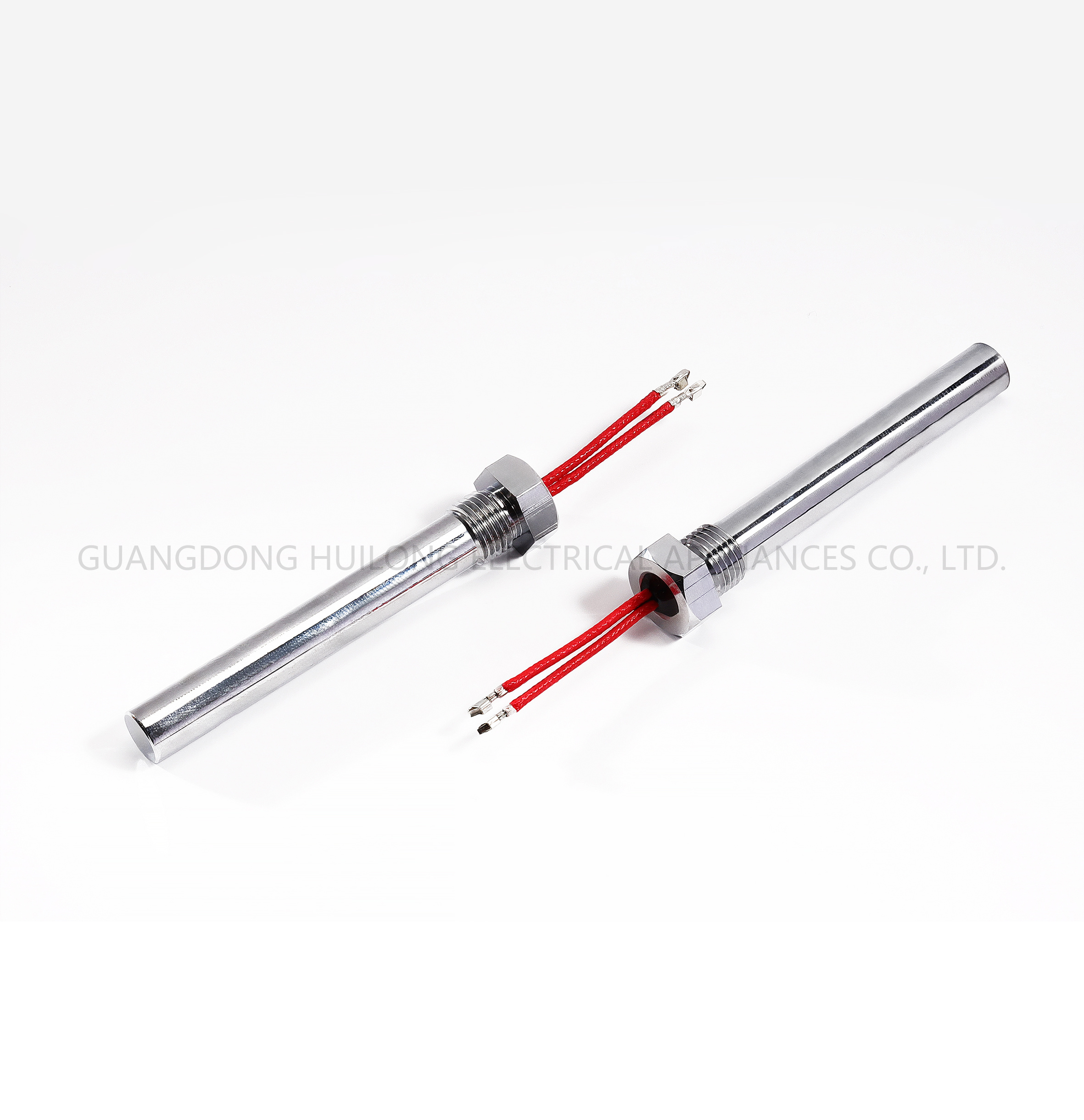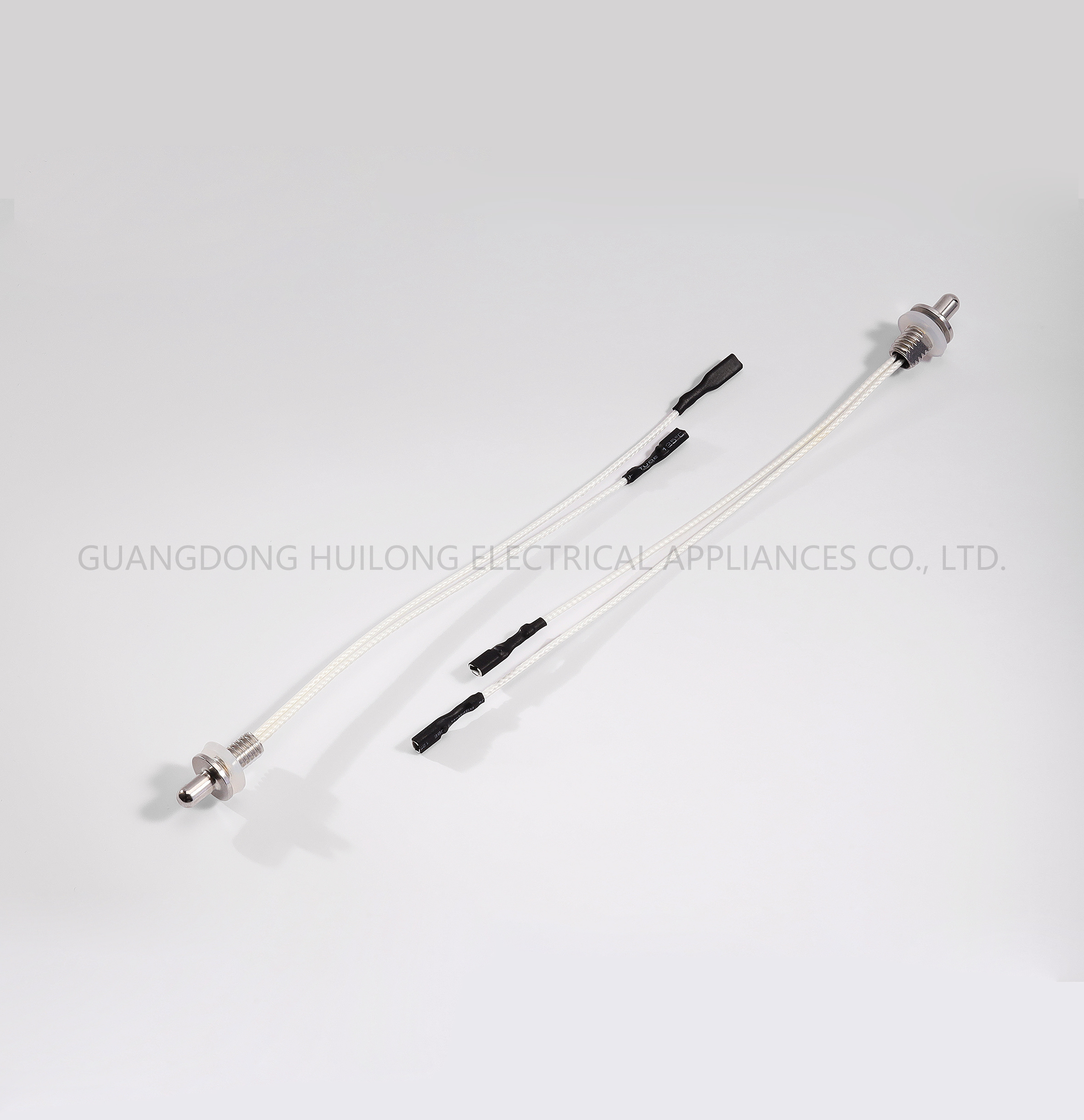Understanding the Role of an Engine Coolant Temperature Sensor in Vehicle Performance
Classification: knowledge
Time:2025-09-24
Understanding the Role of an Engine Coolant Temperature Sensor in Vehicle Performance
Table of Contents
- 1. Introduction to Engine Coolant Temperature Sensors
- 2. How Engine Coolant Temperature Sensors Function
- 3. Importance of Engine Coolant Temperature Sensors in Vehicle Performance
- 4. Effects of a Malfunctioning Engine Coolant Temperature Sensor
- 5. Diagnosing Engine Coolant Temperature Sensor Issues
- 6. When and How to Replace Your Engine Coolant Temperature Sensor
- 7. Best Practices for Maintaining Your Engine Coolant Temperature Sensor
- 8. The Future of Engine Coolant Temperature Sensors
- 9. Frequently Asked Questions
- 10. Conclusion
1. Introduction to Engine Coolant Temperature Sensors
The engine coolant temperature (ECT) sensor is a pivotal component in modern vehicles, playing a crucial role in regulating engine performance and efficiency. It measures the temperature of the engine coolant, providing essential data that helps the engine control unit (ECU) optimize fuel injection, ignition timing, and overall engine operation. As vehicles become increasingly sophisticated, understanding the function and importance of the ECT sensor is essential for any vehicle owner.
2. How Engine Coolant Temperature Sensors Function
Engine coolant temperature sensors typically use thermistor technology, where the resistance changes with temperature fluctuations. When the engine is cold, the resistance is high, and as the engine warms up, the resistance decreases. This data is sent to the ECU, enabling it to make real-time adjustments for optimal performance.
Types of Engine Coolant Temperature Sensors
There are primarily two types of ECT sensors:
1. **Negative Temperature Coefficient (NTC) Thermistors**: These sensors decrease in resistance as temperature rises, providing precise data to the ECU.
2. **Positive Temperature Coefficient (PTC) Thermistors**: These increase in resistance with temperature, though they are less commonly used in automotive applications.
3. Importance of Engine Coolant Temperature Sensors in Vehicle Performance
The role of the engine coolant temperature sensor extends beyond simply monitoring temperature. Its accurate readings enable several vital functions that contribute to vehicle performance, including:
Fuel Efficiency
By accurately measuring coolant temperature, the ECT sensor ensures that the fuel injection system operates effectively. This means that the vehicle runs at optimal air-fuel ratios, improving fuel efficiency and reducing emissions.
Engine Longevity
Maintaining the correct operating temperature prevents overheating, which can cause severe engine damage. The ECT sensor aids in regulating temperature, ultimately contributing to the longevity of the engine.
Emissions Control
Modern vehicles are subject to stringent emissions regulations. The ECT sensor plays a critical role in ensuring that the engine runs efficiently, thus minimizing harmful emissions and meeting regulatory standards.
4. Effects of a Malfunctioning Engine Coolant Temperature Sensor
A faulty ECT sensor can lead to various performance issues, negatively impacting the driving experience. Common symptoms include:
Overheating Engine
If the ECT sensor fails, it may provide incorrect readings, causing the engine to overheat. This can result in significant engine damage and costly repairs.
Poor Fuel Economy
An inaccurate temperature reading can lead to improper fuel delivery and ignition timing adjustments, resulting in decreased fuel efficiency and increased costs at the pump.
Check Engine Light Activation
A malfunctioning ECT sensor will often trigger the check engine light, indicating that the vehicle requires immediate attention.
5. Diagnosing Engine Coolant Temperature Sensor Issues
Diagnosing ECT sensor problems involves a combination of visual inspections and advanced diagnostic tools. Here are key steps to identify potential issues:
Visual Inspection
Check for any signs of physical damage or corrosion around the sensor's electrical connections. A damaged sensor may need to be replaced immediately.
Use of Diagnostic Scanners
Using an OBD-II scanner can provide error codes related to the ECT sensor. Common codes include P0115 (Engine Coolant Temperature Sensor Circuit Malfunction) and P0117 (Engine Coolant Temperature Sensor Circuit Low Input).
Testing the Sensor
A multimeter can be used to test the resistance of the ECT sensor at various temperatures. Comparing these readings with the manufacturer’s specifications will help confirm whether the sensor is functioning correctly.
6. When and How to Replace Your Engine Coolant Temperature Sensor
Knowing when to replace your ECT sensor can save you from extensive engine damage. Consider replacing the sensor if:
- You experience persistent overheating.
- The check engine light remains illuminated after troubleshooting.
- You notice significant drops in fuel efficiency.
Steps for Replacing the ECT Sensor
1. **Gather Necessary Tools**: You'll need a socket set, pliers, and a new ECT sensor.
2. **Locate the Sensor**: Typically found near the thermostat housing or cylinder head.
3. **Disconnect the Battery**: This ensures safety during the replacement process.
4. **Remove the Old Sensor**: Carefully unscrew the old sensor from its location.
5. **Install the New Sensor**: Screw in the new sensor and reconnect any electrical connectors.
6. **Reconnect the Battery**: After installation, reconnect the battery and start the engine to verify proper operation.
7. Best Practices for Maintaining Your Engine Coolant Temperature Sensor
To ensure optimal performance from your engine coolant temperature sensor, follow these maintenance tips:
Regular Inspections
Conduct routine checks for any signs of wear, damage, or corrosion on the sensor and its wiring.
Coolant Replacement
Regularly replacing the engine coolant can prevent build-up and corrosion, ensuring the sensor operates effectively.
Professional Servicing
Consider taking your vehicle for professional servicing at regular intervals to ensure all components, including the ECT sensor, are functioning optimally.
8. The Future of Engine Coolant Temperature Sensors
As technology advances, the future of engine coolant temperature sensors is geared towards enhanced accuracy and integration with other vehicle systems. Innovations such as smart sensors with integrated diagnostics and data analytics capabilities are on the horizon. These advancements promise to further improve vehicle performance, fuel efficiency, and environmental compliance.
9. Frequently Asked Questions
What happens if the ECT sensor fails?
If the ECT sensor fails, it can lead to overheating, poor fuel economy, and may trigger the check engine light.
How often should I replace my ECT sensor?
While ECT sensors can last many years, it’s advisable to replace them if you experience performance issues or if they show signs of wear.
Can I drive with a faulty ECT sensor?
Driving with a faulty ECT sensor is not recommended as it can lead to engine overheating and potential damage.
How do I know if my ECT sensor is working properly?
You can test the ECT sensor with a multimeter or check for error codes using an OBD-II scanner.
Is replacing an ECT sensor a DIY task?
Yes, replacing an ECT sensor can be a DIY task if you have basic mechanical skills and the right tools. However, if you're unsure, consulting a professional is always a good idea.
10. Conclusion
The engine coolant temperature sensor plays an integral role in vehicle performance, influencing everything from fuel efficiency to engine longevity. Understanding its function, recognizing the symptoms of a malfunction, and knowing how to maintain it can empower vehicle owners to ensure optimal performance. As automotive technology continues to evolve, staying informed about components like the ECT sensor will remain essential for maintaining efficient and reliable vehicle operation.
Keyword: Understanding the Role of an Engine Coolant Temperature Sensor in Vehicle Performance
RELATED INFORMATION
Maximizing Energy Efficiency: The Critical Role of Temperature Controllers with Sensors
Maximizing Energy Efficiency: The Critical Role of Temperature Controllers with Sensors Table of Contents 1. Introduction to Energy Efficiency in Buildings 2. What Are Temperature Controllers? 2.1 Types of Temperature Controllers 2.2 How Temperature Controllers Work 3. The Importance of Sensors in Temperature Control 3.1 D
2025/10/22
Temperature controllers with sensors play a pivotal role in modern building management systems, particularly in the construction and decorative materials sector. These devices are designed to monitor and regulate the temperature within a specific environment, ensuring optimal conditions for both occupants and materials. By integrating advanced sensor technology, these controllers provide precise t
2025/10/15


